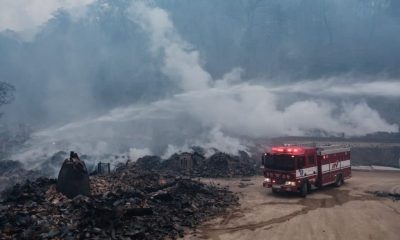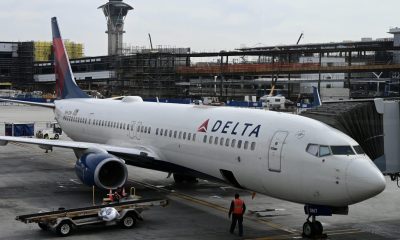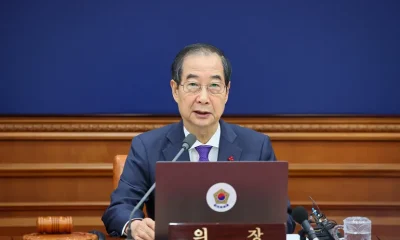International
South Korea Takes Action to Prevent Future Bird Strikes After 179 Lives Lost
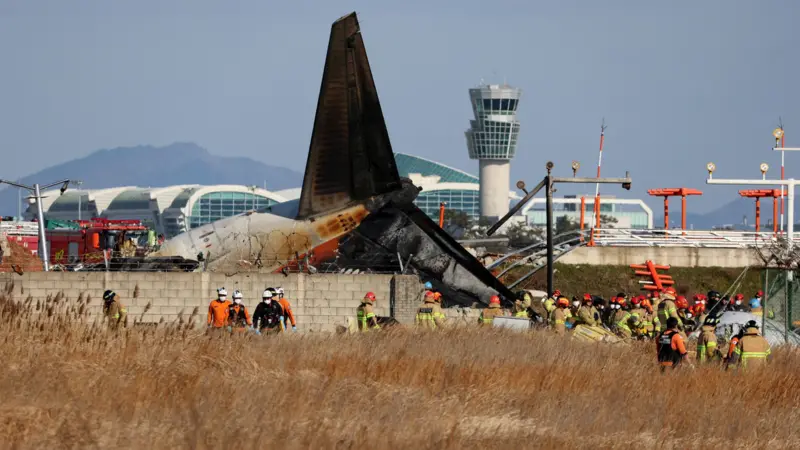
- South Korea to Install Bird Detection Radars – All airports will be equipped with bird detection radars and thermal imaging cameras by 2026 to enhance flight safety.
- Authorities found feathers and blood on both engines of the crashed Boeing 737-800, linking the accident to a possible bird strike.
- Airports must relocate bird-attracting sites and improve runway safety areas following the December crash that killed 179 people.
All South Korean airports will be required to install bird detection cameras and thermal imaging radars by 2026, following a devastating air crash in December that claimed 179 lives.
Investigators recently found evidence suggesting that a bird strike played a role in the accident. Feathers and bloodstains were discovered on both engines of the Boeing 737-800 aircraft. The ongoing investigation is also examining the impact of a concrete structure at the end of the runway, which the plane crashed into after making an emergency landing.
EDITOR’S PICKS
- 45% of Nigerian Girls Become Mothers Before 18 — World Bank
- ECOWAS Faces Historic Defection as Three West African Nations Withdraw
- Netanyahu to Meet Trump at White House Next Week
In response, South Korea’s Ministry of Land announced on Thursday that bird detection radars would be installed at all airports to enhance early detection of birds and improve response measures for aircraft. These radars track the size and movement patterns of birds, relaying the information to air traffic controllers. Additionally, all airports will be required to have at least one thermal imaging camera. Currently, only four airports in the country are equipped with thermal cameras, and it remains unclear whether any have bird detection radars in place.
Authorities have also ordered the relocation of bird-attracting sites, such as rubbish dumps, away from airport areas. This comes after an earlier decision to modify runway safety zones at seven airports based on a nationwide review following the crash.
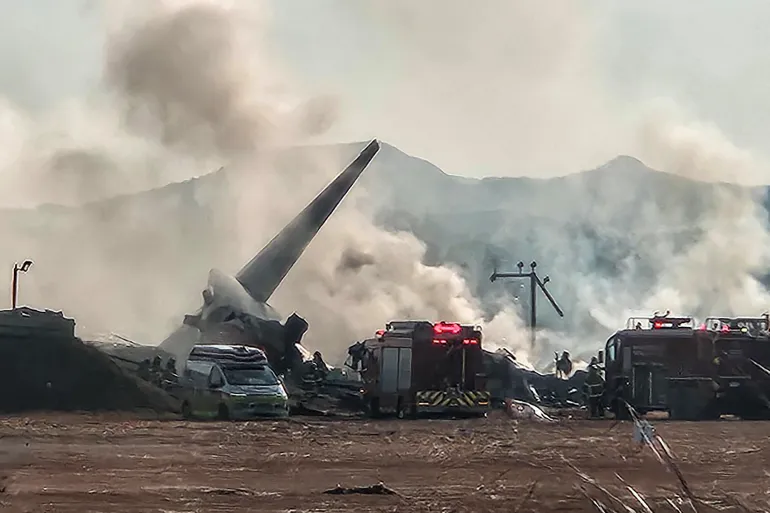
The cause of the crash remains under investigation, but aviation experts believe the number of casualties could have been lower if not for the concrete structure the aircraft struck.
On December 29, the Jeju Air flight departed from Bangkok, bound for Muan International Airport in southwestern South Korea. At 08:57 local time, three minutes after making contact with air traffic control, the pilots were warned of bird activity near the airport.
Two minutes later, the pilot reported a bird strike and issued a mayday call. The crew then attempted an emergency landing from the opposite direction, but the aircraft belly-landed with its landing gear retracted. It overran the runway and collided with the concrete barrier, resulting in a fiery explosion, according to a preliminary investigation report.
FURTHER READING
- [VIDEO] Commotion Rocks PDP BoT Meeting as Faction Confront Each Other
- NiDCOM Prepares for Deportation of Nigerians from U.S
- BREAKING: Sowore Pleads Not Guilty to Cybercrime Charges Filed by Police IG
Data from the flight recorders and cockpit voice recordings stopped four minutes before the crash, raising further questions about the final moments before impact.
The Boeing 737-800 was carrying 179 passengers, ranging in age from three to 78, with most in their 40s, 50s, and 60s. Only two cabin crew members survived the disaster.
Click here to watch our video of the week:
Advertise or Publish a Story on EkoHot Blog:
Kindly contact us at ekohotblog@gmail.com. Breaking stories should be sent to the above email and substantiated with pictorial evidence.
Citizen journalists will receive a token as data incentive.
Call or Whatsapp: 0803 561 7233, 0703 414 5611


